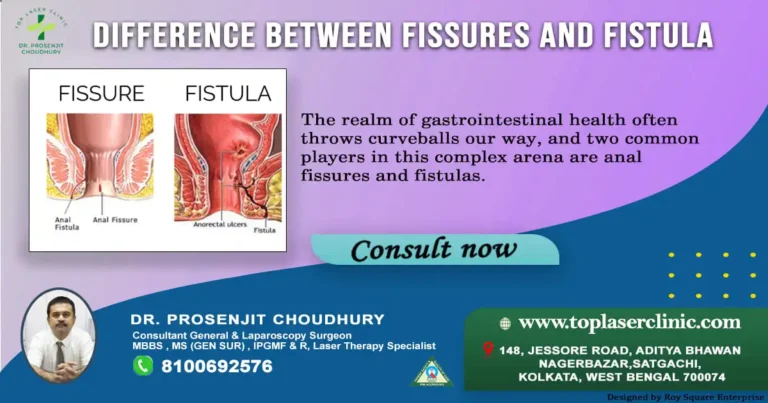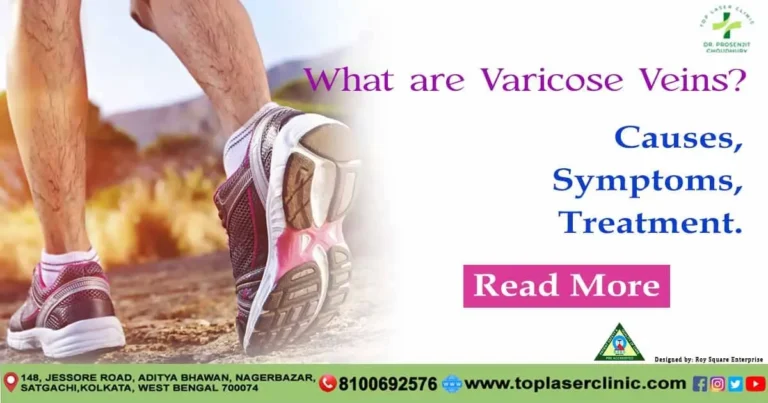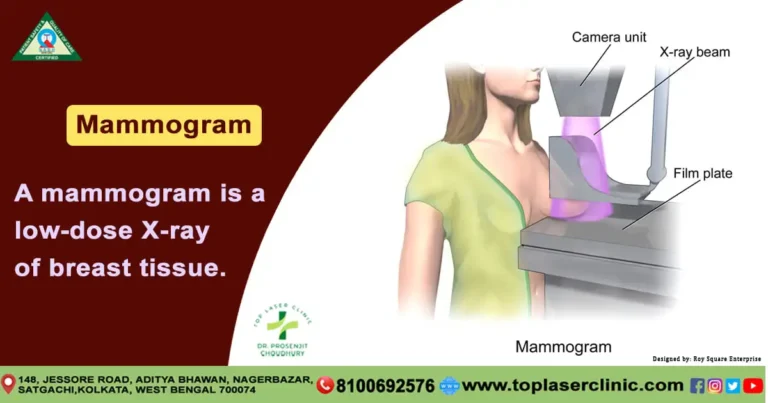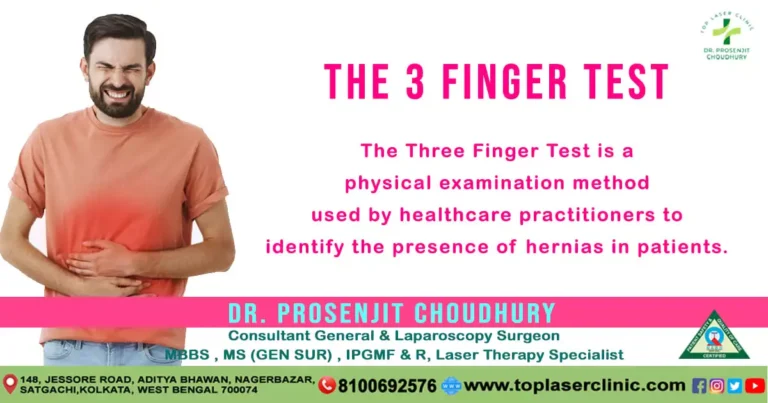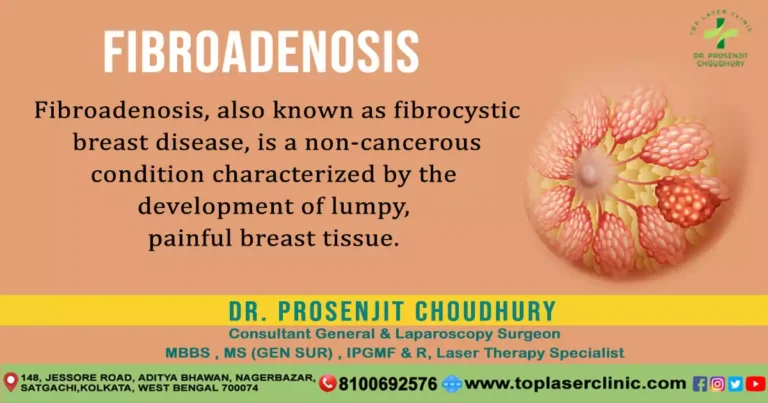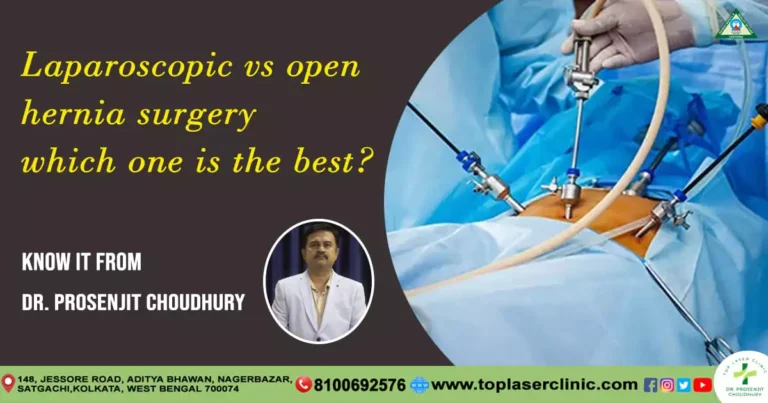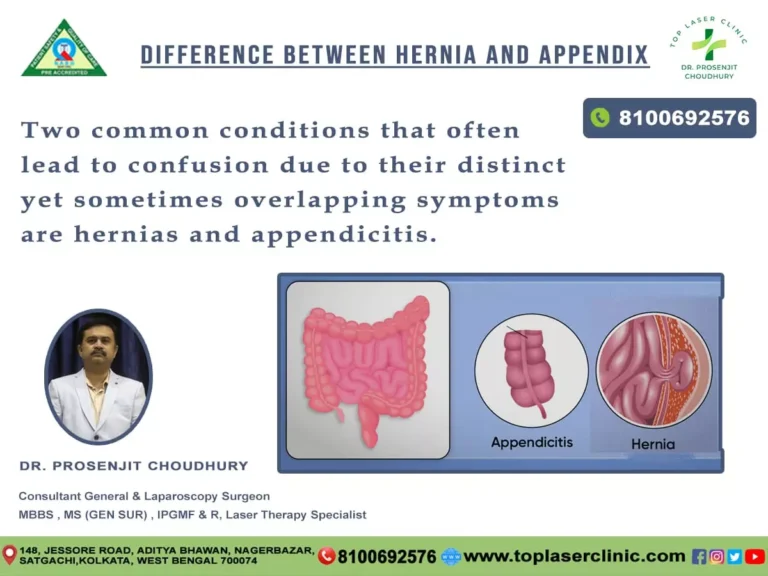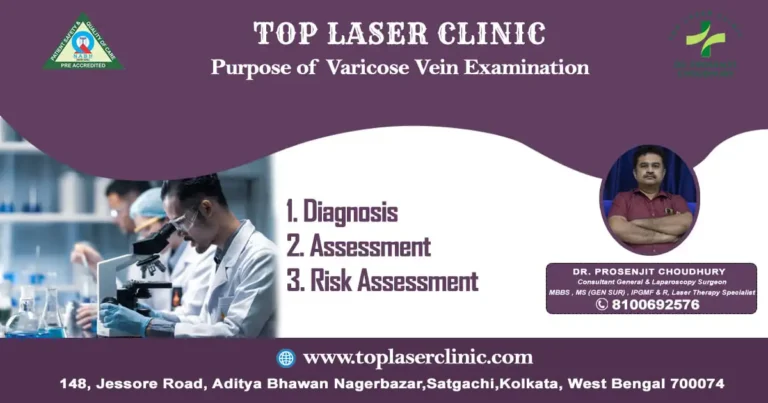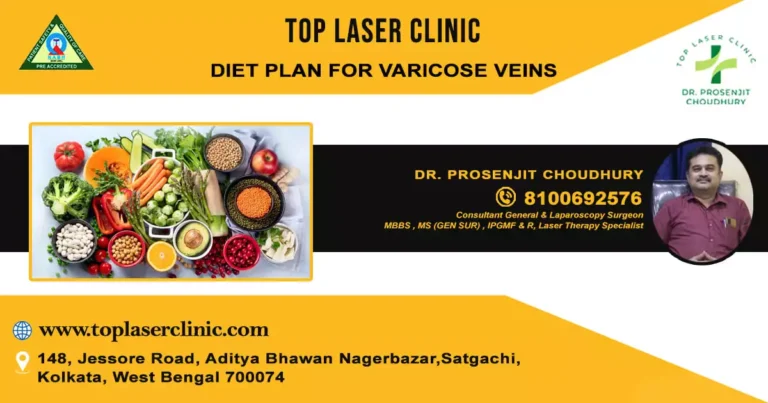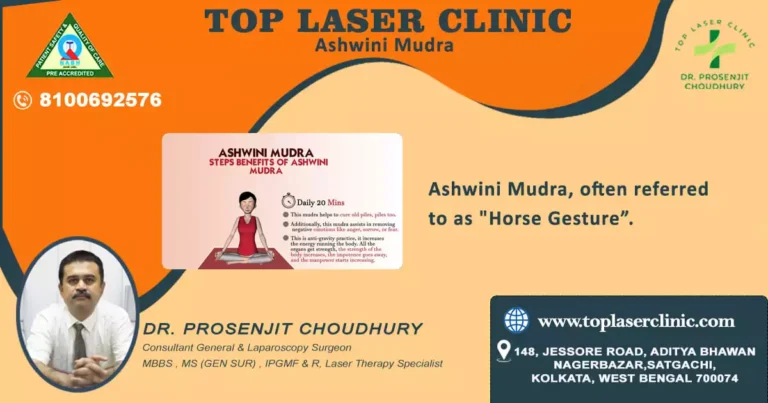
Fissures and Fistulas
The realm of gastrointestinal health often throws curveballs our way, and two common players in this complex arena are anal fissures and fistulas. These conditions, though seemingly similar, have distinct characteristics that necessitate individualized attention. In this blog post, we’ll delve into the nuances of anal fissures and fistulas, shedding light on their causes, symptoms, and treatment options.
Demystifying Anal Fissures:
Definition:
An anal fissure is akin to a small rift or tear in the delicate lining of the anal canal, causing discomfort and pain, particularly during bowel movements.
Culprits Behind the Fissure:
- Constipation: Straining during bowel movements can lead to fissure formation.
- Diarrhea: Frequent episodes of loose stools can irritate the anal tissue.
- Trauma: Physical injury, including rough wiping or the insertion of foreign objects, may contribute to fissures.
Decoding Symptoms:
- Pain during bowel movements.
- Presence of bright red blood on toilet paper or in the toilet bowl.
- An itching or burning sensation in the anal region.
Remedies in the Arsenal:
- Dietary adjustments: Increasing fiber intake to alleviate constipation.
- Sitz baths: Soaking the anal area in warm water to facilitate healing.
- Topical medications: Creams or ointments to reduce pain and inflammation.
Unraveling the Enigma of Anal Fistulas:
Definition:
An anal fistula, in contrast, manifests as a small tunnel connecting the anal canal to the skin near the anus. This unusual passageway typically stems from an infection in an anal gland.
The Architects of Fistulas:
- Anal abscess: An untreated abscess can evolve into a fistula.
- Crohn’s disease: Inflammatory bowel conditions can heighten the risk of fistula development.
- Infections: Bacterial infections in anal glands can pave the way for fistula formation.
Clues in the Symptoms:
- Persistent or recurrent anal abscesses.
- Discharge of pus or blood from an opening near the anus.
- Pain and swelling in the anal area.
Strategies for Resolution:
- Incision and drainage: Opening and draining abscesses to promote healing.
- Fistulotomy: A surgical procedure to remove the fistula tract.
- Seton placement: The introduction of a thin material to facilitate fistula drainage and healing.
In navigating the maze of anal fissures and fistulas, awareness is paramount. Recognizing the signs, understanding the causes, and seeking timely medical intervention can pave the way for effective management and a quicker road to recovery. Remember, your digestive health is a critical aspect of your overall well-being, and addressing these issues promptly ensures a smoother journey to a healthier you.
Differences between Anal Fissures and Fistulas:

Anal fissures and fistulas are two distinct conditions affecting the anal region, but they are often confused due to some similarities in symptoms. Here are the key differences between anal fissures and fistulas:
Anal Fissure: An anal fissure is a small tear or cut in the lining of the anal canal, typically near the opening of the anus.
Anal Fistula: An anal fistula is an abnormal tunnel-like tract that forms between the anal canal and the skin near the anus. It usually develops as a result of an infection or abscess in the anal glands.
Causes:
- Anal Fissure: Fissures often result from trauma to the anal tissue, such as during bowel movements, especially in cases of constipation or diarrhea.
- Anal Fistula: Fistulas commonly arise from an untreated anal abscess, which is a collection of pus that can form in the anal glands. Conditions like Crohn’s disease or infections can also contribute to fistula formation.
Location:
Anal Fissure: Typically located in the lining of the anal canal, near the surface of the anus.
Anal Fistula: Involves a tunnel that extends from the anal canal to the skin around the anus.
Symptoms:
Anal Fissure: Symptoms include pain during bowel movements, bright red blood on toilet paper or in the toilet bowl, and an itching or burning sensation in the anal area.
Anal Fistula: Symptoms include persistent or recurrent anal abscesses, discharge of pus or blood from an opening near the anus, and pain and swelling around the anal area.
Treatment:
Anal Fissure: Treatment may include dietary changes (increasing fiber), sitz baths (soaking the anal area in warm water), and topical medications (to reduce pain and inflammation).
Anal Fistula: Treatment may involve incision and drainage of abscesses, fistulotomy (surgical removal of the fistula tract), or seton placement (using a thread-like material to aid in draining and healing).
Chronicity:
Anal Fissure: Often acute and can resolve with conservative measures.
Anal Fistula: Tends to be a chronic condition and may require surgical intervention for resolution.
Understanding these differences is crucial for accurate diagnosis and appropriate treatment. If you suspect you have either of these conditions, it’s essential to consult with a healthcare professional for a proper evaluation and tailored treatment plan.
Can Fissures Transform into Fistulas?

Embarking on a journey through the intricacies of anal health, it’s essential to address a common question that often arises: Can anal fissures evolve into fistulas? Now, we’ll explore the relationship between these two conditions, understanding the factors that may contribute to this transition and the importance of early intervention.
Anal Fissures: A Brief Overview
Before delving into the potential transformation, let’s revisit what anal fissures entail. These are small tears or cuts in the lining of the anal canal, often caused by trauma during bowel movements, constipation, or diarrhea. Symptoms include pain, bleeding, and discomfort, typically treatable with conservative measures such as dietary changes and topical medications.
The Bridge Between Fissures and Fistulas:
Untreated Fissures:
- Persistent Trauma: Anal fissures, if left untreated, may expose the surrounding tissue to persistent trauma during bowel movements.
- Chronic Inflammation: The ongoing irritation and inflammation in the anal region can create an environment conducive to more severe complications.
Infection and Abscess Formation:
- Bacterial Invasion: Prolonged trauma and inflammation can make the anal area susceptible to bacterial invasion.
- Abscess Development: In some cases, bacterial infections can lead to the formation of anal abscesses, collections of pus in the anal glands.
Transitioning from Abscess to Fistula:
Natural Progression
- Abscess Evolution: If anal abscesses remain untreated, they can evolve into more complex structures known as fistulas.
- Tunnel Formation: The abscess may create a tunnel-like tract connecting the anal canal to the skin near the anus, resulting in the development of an anal fistula.
Underlying Conditions
- Inflammatory Bowel Disease: Conditions like Crohn’s disease, which involve chronic inflammation in the digestive tract, can increase the likelihood of fistula development.
- Immunocompromised State: Individuals with weakened immune systems may be more prone to complications, including the progression from fissures to fistulas.
The Importance of Early Intervention:
Recognizing the signs of anal fissures and seeking prompt medical attention is crucial to prevent potential complications. Early treatment can often resolve fissures, preventing them from evolving into more complex conditions like fistulas.
Seeking Professional Guidance:
If you’re experiencing persistent symptoms, including pain, bleeding, or swelling in the anal area, consulting a healthcare professional is essential. A timely diagnosis and appropriate treatment can help manage fissures effectively, reducing the risk of complications.
While anal fissures, if left unattended, can contribute to the development of anal fistulas, the key lies in early intervention. Understanding the progression and seeking professional guidance empower individuals to take control of their anal health, ensuring a smoother path to recovery and overall well-being. Remember, your health is a priority, and addressing concerns promptly is a crucial step in maintaining a balanced and comfortable life.
